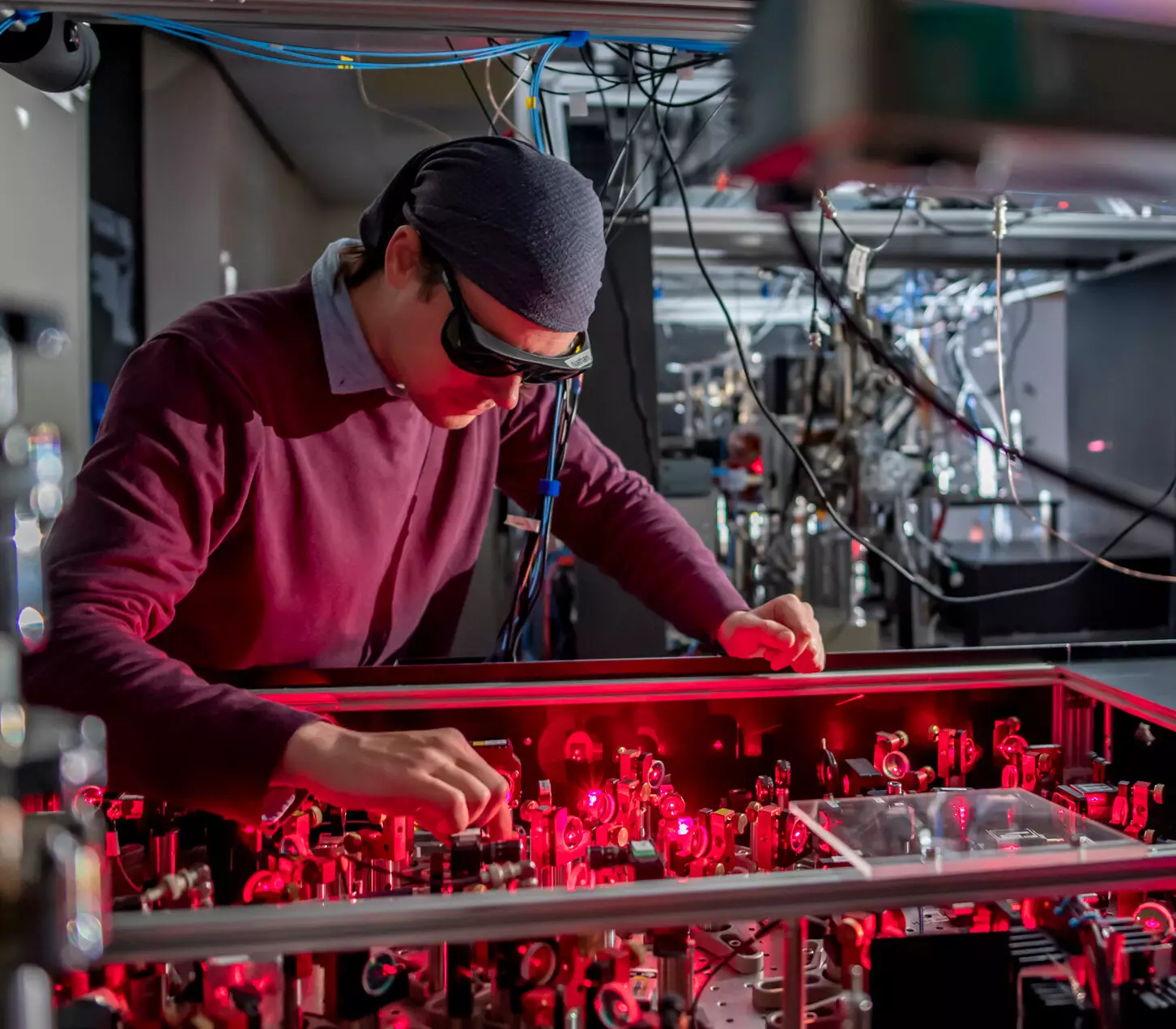In a groundbreaking study conducted by scientists at the University of Nottingham’s School of Physics, a specially designed 3D printed vacuum system has been developed to trap dark matter. The primary goal of this experiment is to detect domain walls, a crucial step in unlocking some of the universe’s deepest mysteries.
Dark matter and dark energy make up the vast majority of the universe, with ordinary matter accounting for only about 5%. The effects of dark matter and dark energy are evident in how the universe behaves, yet their true nature remains unknown. To address this, researchers are exploring the introduction of a particle known as a scalar field to measure dark matter.
The 3D vessels used in the experiment were based on the theory that light scalar fields, characterized by double well potentials and direct matter couplings, undergo phase transitions driven by density changes, resulting in the formation of domain walls. These defects, known as dark walls, are crucial in proving the existence of scalar fields.
The team has created a specially designed vacuum system that enables them to move from a dense environment to a less dense one, mimicking the conditions needed to detect dark walls. By cooling lithium atoms to -273 °C using laser photons, the researchers are able to observe quantum properties that enhance the precision and predictability of their analysis.
The vacuum chambers used in the experiment were constructed using theoretical calculations of dark walls. This meticulous design process ensured that the vessels have the ideal shape, structure, and texture to effectively trap dark matter. The team plans to test the effectiveness of trapping dark walls by allowing a cold atom cloud to pass through them and observing the resulting deflection.
It took the research team three years to build the experimental setup, and they anticipate obtaining results within a year. Whether the experiment proves the existence of dark walls or not, it will undoubtedly represent a significant advancement in our understanding of dark energy and dark matter. This experiment serves as a prime example of how controlled laboratory experiments can directly measure phenomena that are essential for our comprehension of the universe.
By combining innovative technology with sophisticated theoretical frameworks, this research paves the way for new insights into the fundamental building blocks of the cosmos. The quest to trap dark matter and detect domain walls is a testament to human ingenuity and dedication to unraveling the mysteries of the universe.


Leave a Reply